Is Montana rich in natural resources?
Montana is abundant in natural resources, including petroleum, agricultural land, rangeland, coal, timber, gold, copper, silver, sapphires, and other minerals. Each of Montana’s natural resource sectors plays a fundamental role in the state economy.
Read on for a list of the main natural resources produced in Montana, which ones are Montana’s biggest industries, how big they actually are, and their impact on the local economy.
What are Montana’s biggest natural resources?
Montana’s biggest natural resources are agricultural land, minerals, and natural gas & oil.
Montana’s agricultural production is centered around wheat and cattle, and the industry as a whole comprises roughly 3.7% of the state GDP¹.
The state’s natural gas and oil production generates roughly 21%² of the state’s GDP.
Copper oxide extracted from local mines is the state’s top export, and Montana is also one of the top 5 talc producers in the nation.
List of Montana’s main natural resources
Each of Montana’s natural resources plays a fundamental role in the state’s economy, annual exports, and annual GDP, creating jobs and personal income and generating a significant portion of the state’s revenue.
Below we discuss each of Montana’s natural resources in detail.
Petroleum
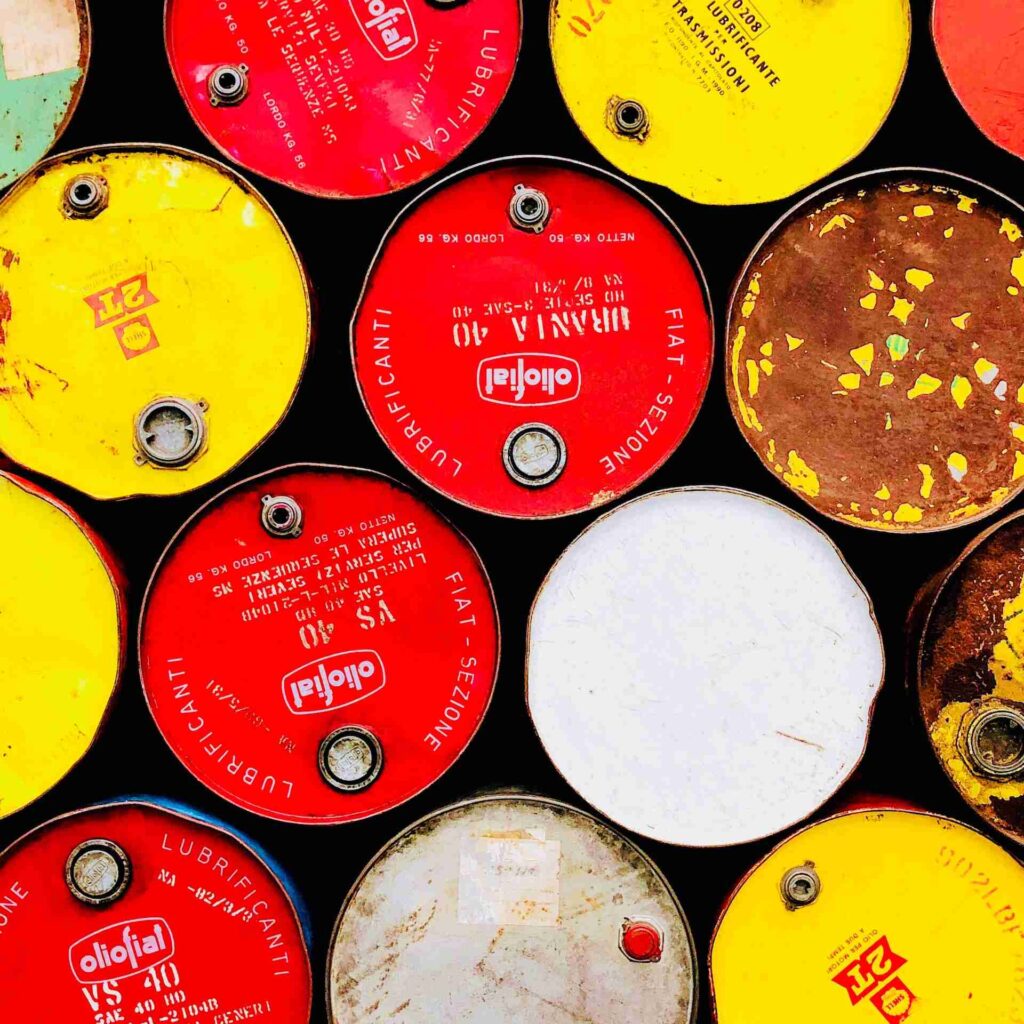
Montana contains a bit less than 1% of the nation’s total proven crude oil reserves, most of which is located in the Bakken Formation in the northeastern region of the state.
The state is the 12th-largest oil producer³ in the United States and the 20th-largest producer of natural gas. The state is responsible for about 1 in every 200 barrels produced annually nationwide.
Agricultural land
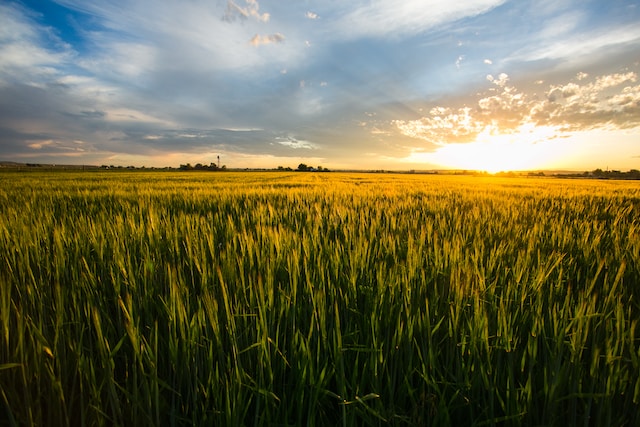
Of Montana’s roughly 94 million acres of land⁴, roughly 60 million acres⁵ (or 2/3 of the entire state) is used for agricultural production, ranking second in the nation to Texas. The state is home to roughly 27,000 farms⁶.
Montana’s top agricultural products are wheat and livestock. Roughly 9,000 of Montana’s 27,000 farms are wheat farms, generating roughly $1.3 billion in annual production value. Livestock, such as cattle, sheep, and dairy comprise 48% of Montana’s agricultural income.
Rangeland
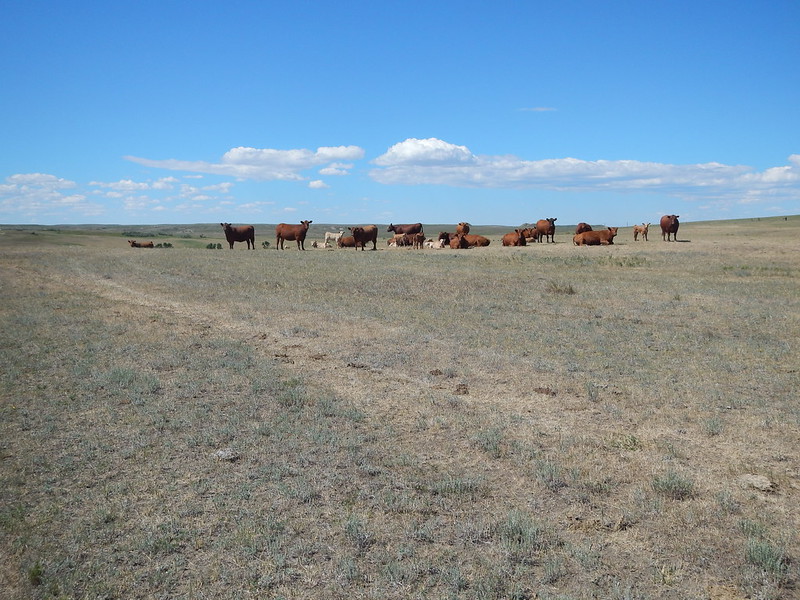
Montana’s rangeland is a critical natural resource for many aspects of life across the state. Of Montana’s 94 million acres of land, roughly 68 million acres⁷ (70% of the state) are rangeland.
Montana’s rangelands provide plenty of space for livestock, playing a critical role in the state’s strong agriculture economy. However, these open lands also serve as wildlife habitats and provide an abundance of clean air, water, and scenic open spaces.
Montana’s vast rangelands have helped garner the state one of its many nicknames – “The Big Sky State”.
Timber
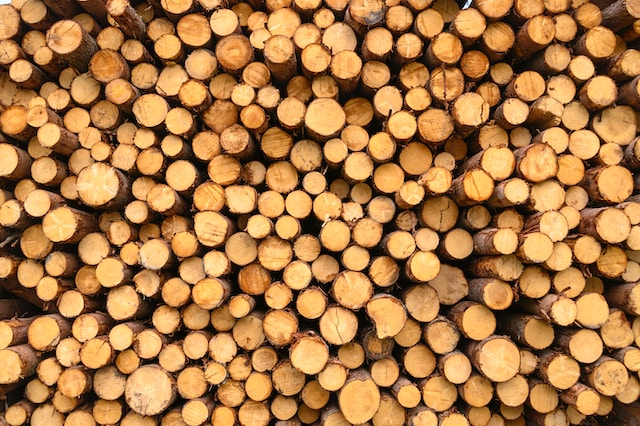
Roughly 60 years ago, timber was Montana’s top manufacturing sector. However, with rising conservation efforts across the state, timber production in Montana has dropped significantly.
In 2000, timber jobs comprised 28% of Montana’s manufacturing employment and 31% of labor income. But 16 years later, those figures had fallen to 13% and 11%, respectively, and timber harvests had fallen from 1.3 billion to 300 million board feet over the same period⁸.
Nonetheless, the state has introduced new forest management and burn reduction strategies in recent years, creating a growing amount of wood byproducts and spurring new, sustainable growth in Montana’s timber industry.
Timber production still hasn’t quite caught up to some projected estimates, but it remains a fundamental sector in Montana’s economy, providing 45%⁹ of western Montana’s economic base and 15% of the statewide economic base.
Gold, copper, silver, sapphires, and other minerals
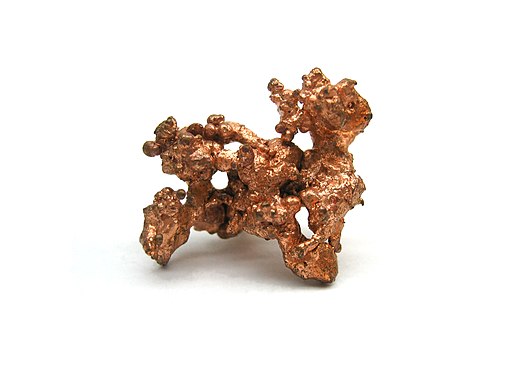
The Montana gold rush kicked off in 1864 and ever since then, mining has been a fundamental sector of the state’s economy. By the late 1800s, Butte had become the largest copper supplier in the world.
Montana mines extract gold, silver, copper, lead, zinc, platinum, palladium, talc, lime, garnets, sapphires, and agates.
Although conservation efforts and market fluctuations have resulted in a waning Montana mining industry over the past 100+ years, mining remains a primary employer and a key source of revenue for the state.
The state’s mining industry indirectly and directly employs 18,000 people statewide¹⁰. Its production value stands at nearly $1.6 billion, generating about $428 million in annual tax revenues¹¹.
The Stillwater mine is the only palladium mine in the country, and Montana is one of the top 5 producers of talc, a mineral commonly used in cosmetics. Montana is also a large producer of copper oxides, which happens to be the state’s top export.
Read more: Montana mining – A long story short
Where are Montana’s natural resources found?
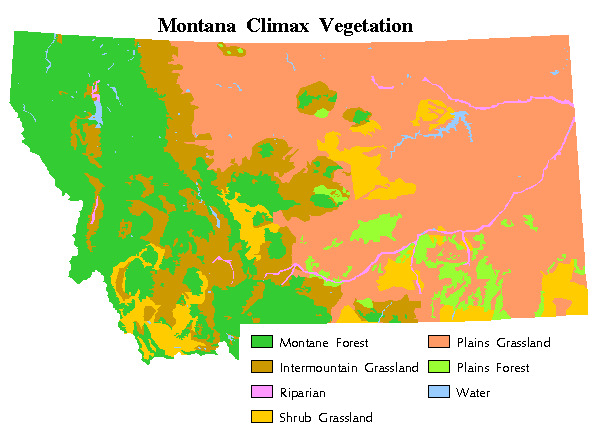
Montana’s natural resources are located across the state, from the mines located in the Rocky Mountains in the west to the vast agricultural lands in the east.
Much of west and southwest Montana contains the state’s gold, copper, sapphire, and other mines, around the areas of Butte, Philipsburg, and the Castle Mountains.
The central and eastern parts of the state contain fertile soil for growing wheat, hay, barley, and other crops.
Montana’s vast rangelands stretch statewide, supporting wildlife habitats, clean air, clean water, and livestock grazing.
How much of its natural resources does Montana export?
Montana’s top exports in 2022 included natural resources, with products from the mining and agriculture industries topping the list.
In 2022, Montana’s top exports were copper oxides (171 million) and copper ores ($150 million). Montana’s other top natural resource exports in 2022 included coal ($122 million) and cattle ($113 million).
Read more: This is Montana’s top export (it’s not wheat)
How much of Montana’s natural resources make up its GDP?
Sectors in natural resource production constitute more than 25% of Montana’s GDP. The following sectors were significant contributors to Montana’s GDP in 2022:
- Agriculture: 3.7%¹
- Mining: 3.4%¹
- Natural gas and oil: 21%²
Discover more about Montana industries
- Montana’s top 7 industries – real estate, wheat, and…
- This is Montana’s main industry (no, it’s not wheat)
- Wheat, Montana’s biggest crop
sources:

